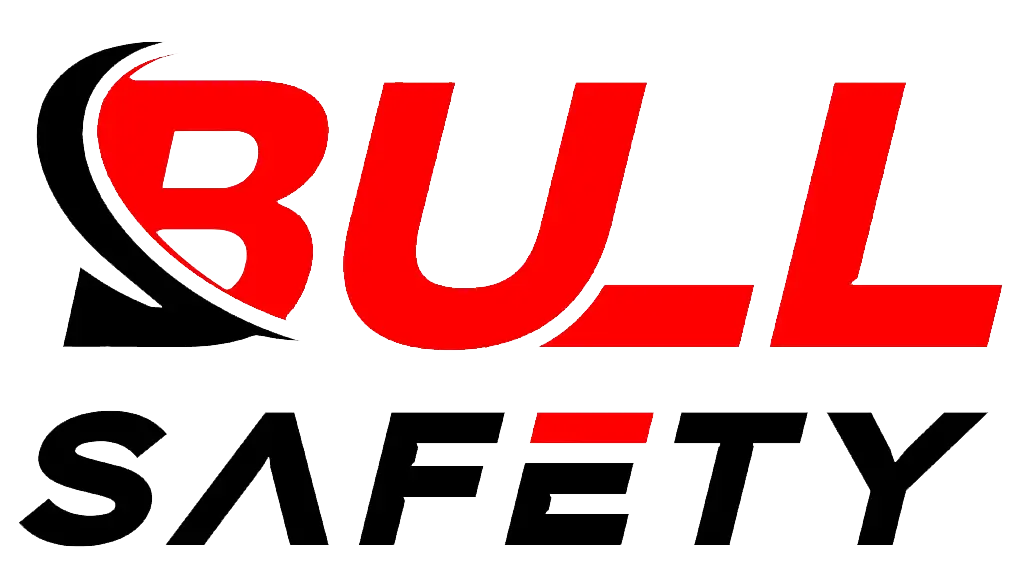
In my line of work, handling sharp objects and oily materials is a daily occurrence. I needed gloves that offered both cut resistance1 and a strong grip. That’s when I discovered sandy nitrile cut-resistant gloves2, which have proven to be both protective and functional.
What Are Sandy Nitrile Cut-Resistant Gloves?
Sandy nitrile cut-resistant gloves are safety gloves that combine a high-strength fiber liner, such as High-Performance Polyethylene (HPPE) or Kevlar, with a textured sandy nitrile coating. This combination enhances grip, cut protection, and abrasion resistance3, making them suitable for hazardous environments.
Key Features:
- Sandy Nitrile Coating: Offers excellent grip in dry, wet, and oily conditions.
- Cut-Resistant Liner: Made from materials like HPPE or Kevlar for enhanced protection.
- Abrasion & Tear Resistance: Suitable for heavy-duty industrial work.
- Dexterity & Comfort: Flexible design for precise handling of various objects.
The unique sandy nitrile texture creates a rough surface that increases friction, allowing for a better grip on slippery tools and materials.
How Do These Gloves Work?
The combination of a cut-resistant liner and a sandy nitrile coating provides dual protection:
- The liner absorbs the force of sharp objects, preventing cuts.
- The coating adds grip and durability, reducing wear and tear.
These gloves are built for safety and longevity, making them essential for high-risk jobs.
Applications of Sandy Nitrile Cut-Resistant Gloves
I’ve found these gloves to be versatile across various industries due to their protective qualities.
Industries That Benefit:
- Metalworking: Prevents cuts from sharp metal edges and tools.
- Automotive: Enhances grip on oily car parts and metal components.
- Construction: Protects against nails, wires, and abrasive materials.
- Glass Handling: Reduces the risk of hand injuries from broken glass.
- Oil & Gas: Ensures a secure grip on oily tools and machinery.
Common Applications:
- Sheet Metal Handling: Protects hands from sharp edges and metal burrs.
- Machinery Assembly: Improves grip and dexterity for precision work.
- Warehouse Work: Prevents cuts and abrasions when handling heavy loads.
- Glass Installation: Reduces slipping and breakage risks.
Their versatile design makes them ideal for harsh working conditions where both grip and protection are crucial.
Standards and Certifications
To ensure safety and performance, sandy nitrile cut-resistant gloves are tested under specific standards.
EN 388 Cut Resistance Standard:
- Coup Test: Measures the number of cycles a glove can withstand before failure.
- TDM Test (ISO 13997): Assesses the cutting force required to penetrate the glove material.
ANSI/ISEA 105 Cut Resistance Standard:
- Cut Levels: Ranges from A1 to A9, indicating the glove’s ability to withstand cutting forces.
These tests help businesses select gloves based on specific workplace hazards.
Effectiveness in Preventing Injuries
In my experience, sandy nitrile cut-resistant gloves effectively prevent cuts and abrasions when handling sharp, heavy, or rough materials.
Benefits:
- Prevents Injuries: Protects against sharp tools, rough edges, and impact.
- Enhances Grip: Reduces the risk of dropping heavy objects.
- Abrasion Resistance: Prevents wear and tear from repeated contact.
These gloves are perfect for workers in warehouses, construction sites, and manufacturing plants.
Who Should Use Sandy Nitrile Cut-Resistant Gloves?
Various professionals, including myself, rely on these gloves for safety and efficiency.
Job Roles:
- Metalworkers: Protection from sharp sheet metal and machine tools.
- Mechanics: Oil-resistant grip for handling greasy tools and parts.
- Construction Workers: Defense against nails, wires, and abrasive materials.
- Glass Handlers: Prevents cuts from glass shards and sharp edges.
- Warehouse Staff: Reduces the risk of abrasions when moving heavy loads.
These gloves provide a balance of safety, grip, and comfort, making them essential for high-risk jobs.
Conclusion
Sandy nitrile cut-resistant gloves offer superior grip, cut protection, and abrasion resistance, making them ideal for high-risk industries like metalworking, automotive, and construction.
For more information on specific products, you can explore options such as the Ironclad Command Touchscreen Nitrile Cut Resistant Glove4 or the ProFlex 7042 Nitrile Coated Cut-Resistant Gloves5.
Note: Always ensure that the gloves you choose meet the necessary safety standards and are suitable for your specific applications.
-
Learn about the standards and tests for cut resistance to ensure you choose the right gloves for your safety needs. ↩
-
Explore this link to understand how sandy nitrile cut-resistant gloves enhance safety and grip in various industries. ↩
-
Discover the significance of abrasion resistance in gloves to protect against wear and tear in demanding work environments. ↩
-
Discover Ironclad sandy nitrile gloves. ↩
-
Discover Ergodyne ProFlex 7042 Nitrile Coated Cut-Resistant Gloves. ↩



